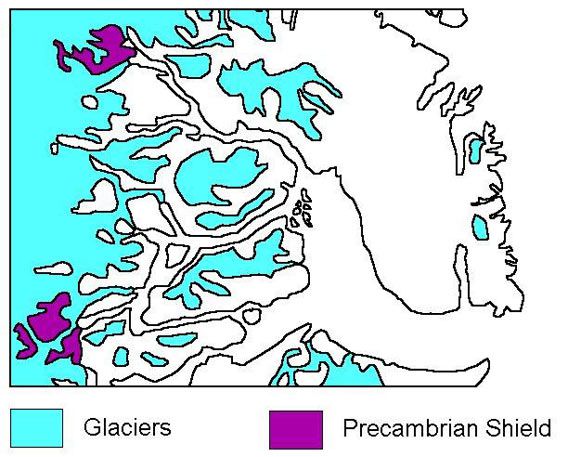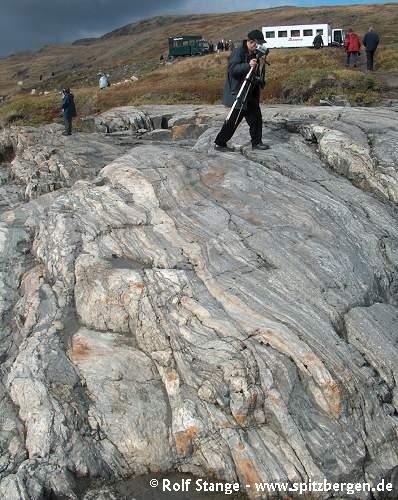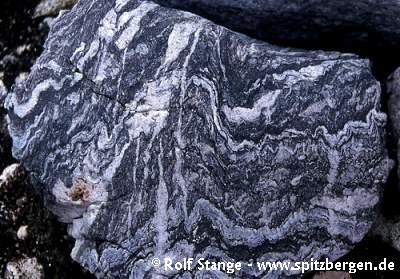-
current
recommendations- Liefdefjord
New page dedicated to one of Spitsbergen's most beautiful fjords. Background information and many photos.

- New Spitsbergen guidebook
The new edition of my Spitsbergen guidebook is out and available now!

- Liefdefjord
New page dedicated to one of Spitsbergen's most beautiful fjords. Background information and many photos.
Seitenstruktur
-
Spitsbergen-News
- Select Month
- April 2024
- March 2024
- February 2024
- January 2024
- December 2023
- November 2023
- October 2023
- September 2023
- August 2023
- July 2023
- June 2023
- May 2023
- April 2023
- March 2023
- February 2023
- January 2023
- December 2022
- November 2022
- October 2022
- September 2022
- August 2022
- July 2022
- June 2022
- May 2022
- April 2022
- March 2022
- February 2022
- January 2022
- December 2021
- November 2021
- October 2021
- September 2021
- August 2021
- July 2021
- June 2021
- May 2021
- April 2021
- March 2021
- February 2021
- January 2021
- December 2020
- November 2020
- October 2020
- September 2020
- August 2020
- July 2020
- June 2020
- May 2020
- April 2020
- March 2020
- February 2020
- January 2020
- December 2019
- November 2019
- October 2019
- September 2019
- August 2019
- July 2019
- June 2019
- May 2019
- April 2019
- March 2019
- February 2019
- January 2019
- December 2018
- November 2018
- October 2018
- September 2018
- August 2018
- July 2018
- June 2018
- May 2018
- April 2018
- March 2018
- February 2018
- January 2018
- December 2017
- November 2017
- October 2017
- September 2017
- August 2017
- July 2017
- June 2017
- May 2017
- April 2017
- March 2017
- February 2017
- January 2017
- December 2016
- November 2016
- October 2016
- September 2016
- August 2016
- July 2016
- June 2016
- May 2016
- April 2016
- March 2016
- February 2016
- January 2016
- December 2015
- November 2015
- October 2015
- September 2015
- August 2015
- July 2015
- June 2015
- May 2015
- April 2015
- March 2015
- February 2015
- January 2015
- December 2014
- November 2014
- October 2014
- September 2014
- August 2014
- July 2014
- June 2014
- May 2014
- April 2014
- March 2014
- February 2014
- January 2014
- December 2013
- November 2013
- October 2013
- September 2013
- August 2013
- July 2013
- June 2013
- May 2013
- April 2013
- March 2013
- February 2013
- January 2013
- December 2012
- November 2012
- October 2012
- September 2012
- August 2012
- July 2012
- June 2012
- May 2012
- April 2012
- March 2012
- February 2012
- January 2012
- December 2011
- November 2011
- October 2011
- September 2011
- August 2011
- May 2011
- April 2011
- March 2011
- February 2011
- January 2011
- December 2010
- November 2010
- September 2010
- August 2010
- July 2010
- June 2010
- May 2010
- April 2010
- March 2010
- February 2010
- November 2009
- October 2009
- August 2009
- July 2009
- June 2009
- May 2009
- April 2009
- March 2009
- February 2009
- January 2009
- December 2008
- November 2008
- October 2008
- August 2008
- July 2008
- June 2008
- May 2008
- April 2008
- March 2008
- February 2008
- April 2000
- Select Month
-
weather information

| THE Spitsbergen guidebook |
Home → Spitsbergen books: Books, Calendar, Postcards, DVDs → Rocks and Ice → Geology of East Greenland → 1. The Precambrian Shield
1. The basement: The Precambrian Shield

Large parts of central and south Greenland are made up by an old ‘shield’, a platform of rocks, which has been stable for a long time, but had previously gone through a long, complex history. A number of events, all of them indeed ‘worldshaking’, have left their traces. Several times continents collided and altered all rocks between them due to the extreme pressure. Sediments were deposited and volcanoes erupted. All these rocks were later exposed to large pressure when they got between colliding tectonic plates and were then deformed, bent and broken, and metamorphosed, and all this even several times through Earth history.
Strongly metamorphosed Precambrian rocks near Kangerlussuaq (West Greenland)

This complex mixture of different, mainly metamorphic rocks then became stable and has largely remained unchanged since then. Rivers and glaciers have altered the shape at the surface, but the rocks as such have not changed. Thus, they provide a solid base for everything that has happend more recently. Such a solid base is termed ‘basement’ or, if it is very old and large, ‘shield’. Everything which is younger and subsequently mostly deposited on top of the basement, is called cover rock to describe the basic structure, at least time-wise.
Most parts of Greenland consist of such an old shield or are at least underlain by one. Precambrian rocks are also exposed in the innermost part of the Scoresbysund, even though only in a quite limited area, at least Precambrian rocks that have not been affected by the Caledonian orogeny. The Precambrian rocks are mostly granites and gneisses. The complex history which has led to their origin can partly be reconstructed. Large-scale tectonic events such as the collision of continents, which have changed rocks strongly and over a wide area, have happened at least three times: 2.6 billion years ago (Archaean), 1.9 billion years ago (lower Proterozoic) and 1 billion years ago (middle Proterozoic).
With some experience you can sometimes see immediately that rocks have such a complex history which involved several phases of movement, pressure, heat etc. This is a bit more complicated and thus beyond the scope of this little overview; for detailed results, even professional geologists need to work for quite some time both in the field and in the laboratory, especially to get absolute ages as those ones given above, which can of course not directly be read in the landscape.
Strongly deformed sediment sample with small veins (vertical). Three steps are necessary to form such a rock: firstly deposition of the original sediment, secondly compressive tectonics for deformation, thirdly intrusion of veins (which are not deformed and thus younger than the deformation). Size ca. 20 cm (left-right).

In the Scoresbysund, rocks not altered since the Precambrian are exposed only in the innermost Vestfjord and Nordvestfjord in so-called ‘tectonic windows’. These are holes in cover rocks which otherwise cover the Precambrian basement. In wide areas of the central Scoresbysund, there are Precambrian rocks which have been affected by the Caledonian orogeny.
BOOKS, CALENDAR, POSTCARDS AND MORE
This and other publishing products of the Spitsbergen publishing house in the Spitsbergen-Shop.
last modification: 2013-10-12 ·
copyright: Rolf Stange


































